Uncategorized
-
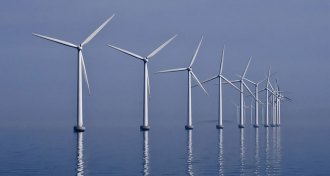 Life
LifeMini ‘wind farm’ could capture energy from microbes in motion
Bacteria could spontaneously organize and rotate turbines, computer simulations show.
-
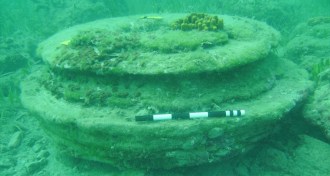 Oceans
OceansUnderwater city was built by microbes, not people
Submerged stoneworklike formations near the Greek island of Zakynthos were built by methane-munching microbes, not ancient Greeks.
-
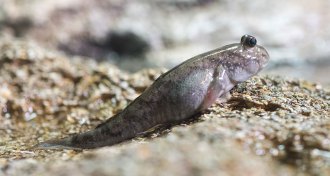 Life
LifeHightailing it out of the water, mudskipper style
A robot and a land-walking fish show how a tail might have made a huge difference for early vertebrates conquering the slippery slopes of terrestrial life.
By Susan Milius -
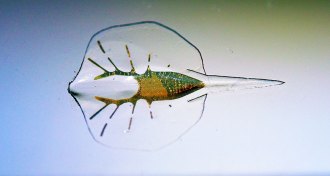 Tech
TechLight-activated heart cells help guide robotic stingray
Layers of silicone, gold and genetically engineered rat heart cells make up the body of a new stingray robot that can swim in response to light.
By Meghan Rosen -
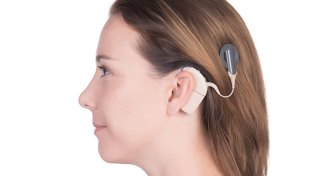 Life
LifeArtificial hearing has come a long way since 1960s
Scientists envisioned artificial hearing 50 years ago. Today, they are working to make it superhuman.
-
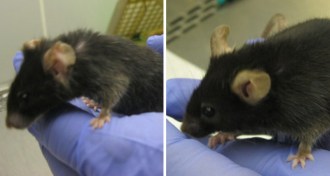 Life
LifeDonor mitochondria could influence metabolism, aging
Mitochondrial DNA donation could have unexpected long-term health consequences for “three-parent babies.”
-
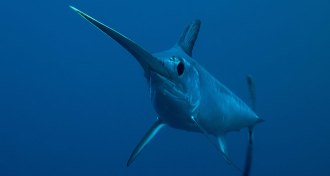 Animals
AnimalsTo zip through water, swordfish reduce drag
A newly discovered oil-producing organ inside the swordfish’s head gives the animal slick skin to swim faster.
-
 Chemistry
ChemistryNuclear bomb debris can reveal blast size, even decades later
Measuring the relative abundance of various elements in debris left over from nuclear bomb tests can reveal the energy released in the initial blast, researchers report.
-
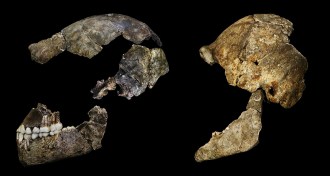 Anthropology
AnthropologyNew dating suggests younger age for Homo naledi
South African fossil species lived more recently than first thought, study suggests.
By Bruce Bower -
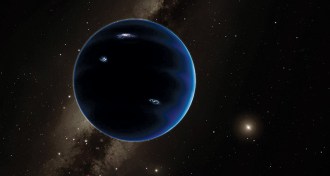 Planetary Science
Planetary ScienceNew clues in search for Planet Nine
Lots of unknowns remain as researchers try to pin down where a possible ninth planet might be hiding in the solar system.
-
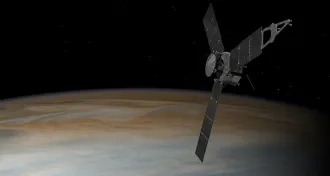 Planetary Science
Planetary ScienceThe Juno spacecraft is now in orbit around Jupiter
NASA’s Juno spacecraft successfully entered orbit around Jupiter, beginning a 20-month investigation of the giant planet’s interior.
-
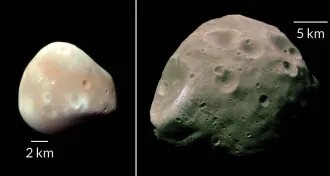 Planetary Science
Planetary ScienceMars once had many moons
Mars' moons might be the only two left of a larger family of satellites that helped them form in the wake of an asteroid collision.